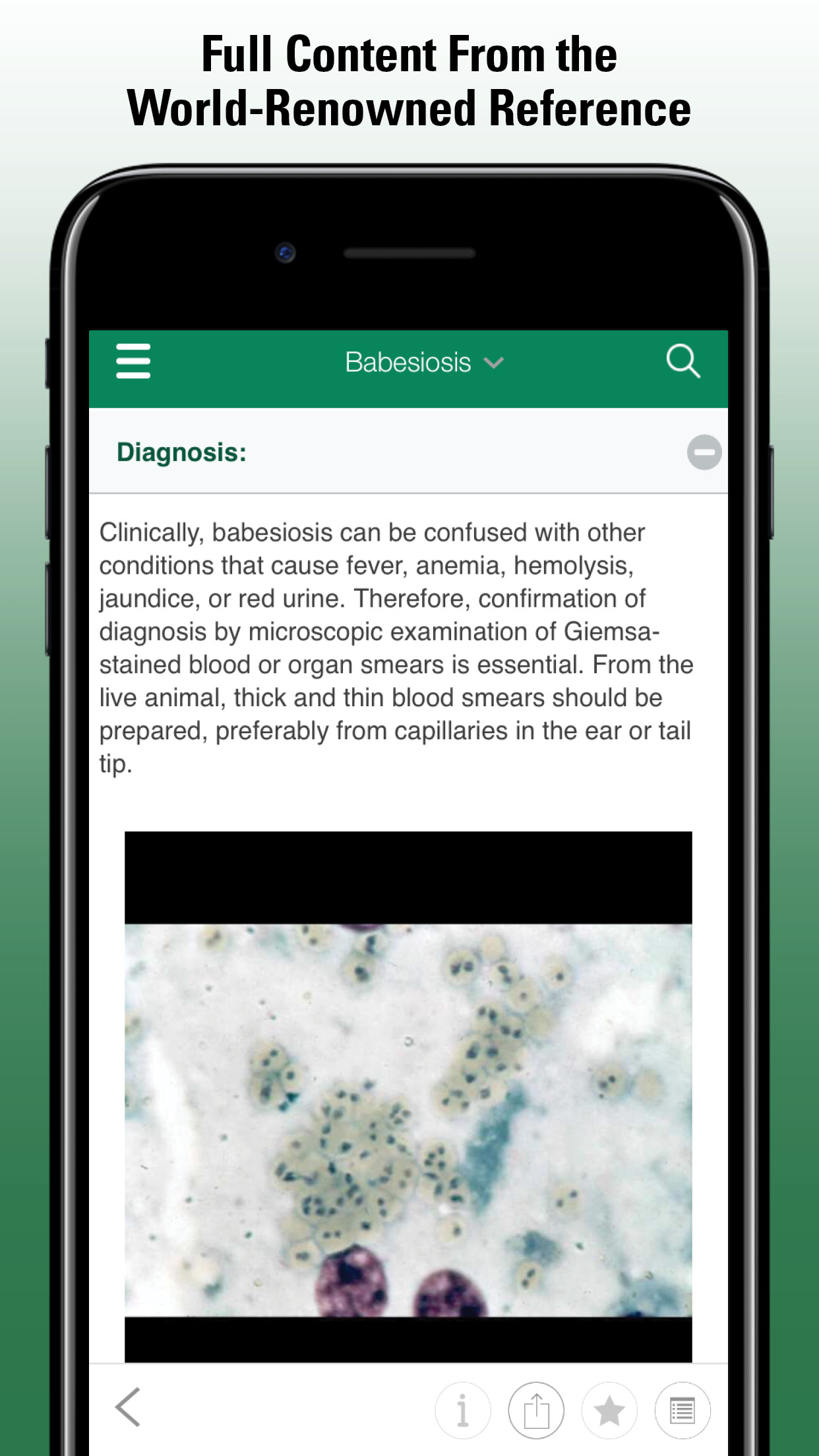Overview of Feline Panleukopenia
(Feline infectious enteritis, Feline parvoviral enteritis)
- Feline Panleukopenia
- Overview of Feline Panleukopenia
Feline panleukopenia is a highly contagious, often fatal, viral disease of cats that is seen worldwide. Kittens are affected most severely. The causative parvovirus is very resistant; it can persist for 1 yr at room temperature in the environment, if protected in organic material. Feline panleukopenia is now diagnosed infrequently by veterinarians, presumably as a consequence of widespread vaccine use. However, infection rates remain high in some unvaccinated cat populations, and the disease occasionally is seen in vaccinated, pedigreed kittens that have been exposed to a high virus challenge.
Etiology, Transmission, and Pathogenesis:
Feline panleukopenia virus (FPV) is closely related to mink enteritis virus and the type 2 canine parvoviruses (CPV) that cause canine parvoviral enteritis. FPV can cause disease in all felids and in some members of related families (eg, raccoon, mink), but it does not harm canids. Conversely, some currently circulating CPV strains (CPV-2a, -2b, and -2c) have been shown to cause a panleukopenia-like illness in domestic cats and larger felids. In some parts of Asia, CPV strains are reported to rival FPV as the major cause of feline panleukopenia, although FPV still dominates worldwide. Vaccines that contain FPV only provide some protection to cats against disease caused by CPV, but it has been suggested by some authorities that inclusion of CPV-2c in feline vaccines would broaden and improve the degree of protection provided.
Virus particles are abundant in all secretions and excretions during the acute phase of illness and can be shed in the feces of survivors for as long as 6 wk after recovery. Being highly resistant to inactivation, parvoviruses can be transported long distances via fomites (eg, shoes, clothing). However, FPV can be destroyed by exposure to a 1:32 dilution of household bleach (6% aqueous sodium hypochlorite), 4% formaldehyde, and 1% glutaraldehyde for 10 min at room temperature. Peroxygen disinfectants are also highly effective.
Cats are infected oronasally by exposure to infected animals, their feces, secretions, or contaminated fomites. Most free-roaming cats are thought to be exposed to the virus during their first year of life. Those that develop subclinical infection or survive acute illness mount a robust, long-lasting, protective immune response.
FPV infects and destroys actively dividing cells in bone marrow, lymphoid tissues, intestinal epithelium, and—in very young animals—cerebellum and retina. In pregnant queens, the virus may spread transplacentally to cause embryonic resorption, fetal mummification, abortion, or stillbirth. Alternatively, infection of kittens in the perinatal period may destroy the germinal epithelium of the cerebellum, leading to cerebellar hypoplasia, incoordination, and tremor. FPV-induced cerebellar ataxia has become a relatively rare diagnosis, because most queens passively transfer sufficient antibodies to their kittens to protect them during the period of susceptibility.
Clinical Findings:
Most infections are subclinical, as evidenced by the high seroprevalence of anti-FPV antibodies among unvaccinated, healthy cats. Those cats that become ill are usually <1 yr old. Peracute cases may die suddenly with little or no warning (fading kittens). Acute cases show fever (104°–107°F [40°–41.7°C]), depression, and anorexia after an incubation period of 2–7 days. Vomiting usually develops 1–2 days after the onset of fever; it is typically bilious and unrelated to eating. Diarrhea may begin a little later but is not always present. Extreme dehydration develops rapidly. Affected cats may sit for hours at their water bowl, although they may not drink much. Terminal cases are hypothermic and may develop septic shock and disseminated intravascular coagulation.
Physical examination typically reveals profound depression, dehydration, and sometimes abdominal pain. Abdominal palpation—which can induce immediate vomiting—may reveal thickened intestinal loops and enlarged mesenteric lymph nodes. In cases of cerebellar hypoplasia, ataxia and tremors with normal mentation are seen. Retinal lesions, if present, appear as discrete gray foci.
The duration of this self-limiting illness is seldom >5–7 days. Mortality is highest in young kittens <5 mo old.
Lesions:
There are typically few gross lesions, although dehydration is usually marked. Bowel loops are usually dilated and may have thickened, hyperemic walls. There may be petechiae or ecchymoses on the intestinal serosal surfaces. Perinatally infected kittens may have a noticeably small cerebellum. Histologically, the intestinal crypts are usually dilated and contain debris consisting of sloughed necrotic epithelial cells. Blunting and fusion of villi may be present. Eosinophilic intranuclear inclusion bodies are seen only occasionally in formalin-fixed specimens; use of Bouin‘s or Zenker‘s fixative will increase the likelihood of seeing these.
Diagnosis:
A presumptive diagnosis is usually based on compatible clinical signs in an inadequately vaccinated cat and the presence of leukopenia (nadir 50–3,000 WBC/μL). Neutropenia is a more consistent finding than lymphopenia. Total WBC counts <2,000 cells/μL are associated with a poorer prognosis. During recovery from infection, there is typically a rebound neutrophilia with a marked left shift. Diagnosis can sometimes be confirmed using an in-office immunochromatographic test kit intended for detection of fecal CPV antigen. However, fecal antigen is detectable only for a short time after infection. False-negative results are common.
Differential diagnoses include other causes of profound depression, leukopenia, and GI signs. Salmonellosis (see Salmonellosis) and infections with feline leukemia virus (FeLV, see Feline Leukemia Virus and Related Diseases) and feline immunodeficiency virus (see Feline Immunodeficiency Virus (FIV)) should be considered. Concurrent infection with FeLV and FPV can cause a panleukopenia-like syndrome in adult cats.
Treatment and Prevention:
Successful treatment of acute cases requires vigorous fluid therapy and supportive nursing care in the isolation unit. Electrolyte disturbances (eg, hypokalemia), hypoglycemia, hypoproteinemia, anemia, and opportunistic secondary infections often develop in severely affected cats. Anticipation of these possibilities, close monitoring, and prompt intervention are likely to improve outcome. IV fluid replacement and maintenance with a balanced isotonic crystalloid solution (eg, lactated Ringer’s solution with calculated potassium supplementation) is the foundation of therapy. B vitamins should be added to the infusion, together with 5% glucose if hypoglycemia is suspected or proved. In addition to crystalloid infusion, transfusion of fresh-frozen plasma helps support plasma oncotic pressure and provides clotting factors to severely ill, hypoproteinemic kittens. Whole blood is preferable for the occasional cat that is severely anemic. Parenteral, broad-spectrum antibiotic therapy is indicated; however, nephrotoxic drugs (eg, gentamicin, amikacin) should be avoided until dehydration has been corrected. Antiemetic therapy (eg, metoclopramide, ondansetron, maropitant) may provide some relief and allow earlier enteral feeding of soft, easily digested food. Parenteral nutrition is indicated for severely affected cases. Recombinant feline interferon omega (rFeIFN; 1 MU/kg/day SC for 3 days) should be considered for use in the treatment of feline panleukopenia. Although rFeIFN is not approved by the FDA for this purpose, it is approved and effective in the treatment of canine parvoviral enteritis.
Excellent inactivated and modified-live virus vaccines that provide solid, long-lasting immunity are available for prevention of feline panleukopenia. Live vaccines should not be given to cats that are pregnant, immunosuppressed, or sick, or to kittens <4 wk old. Most authorities recommend that kittens receive two or three modified-live vaccine doses SC, 3–4 wk apart. The first vaccination is usually given at 6–9 wk of age. The last dose of the initial vaccination series should not be administered before the kitten is 16 wk old, to ensure that interfering maternal antibodies do not inactivate the modified-live virus. Exposure to virus should be avoided until 1 wk after the initial vaccination series has been completed. Cats should be revaccinated 1 yr later, and triennially or less frequently thereafter, although some manufacturers continue to recommend annual revaccination.
- Feline Panleukopenia
- Overview of Feline Panleukopenia




